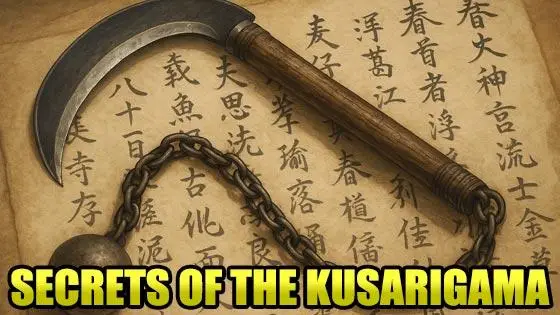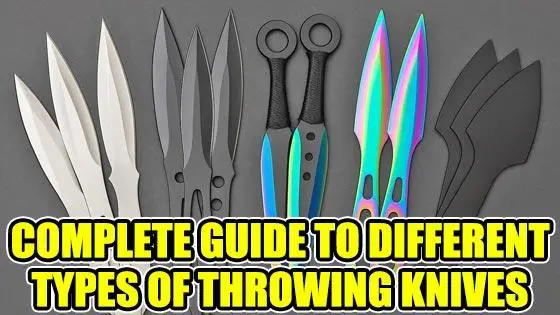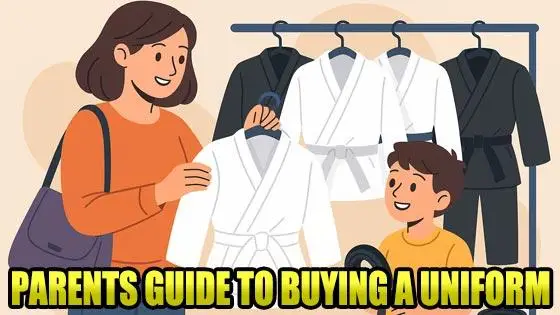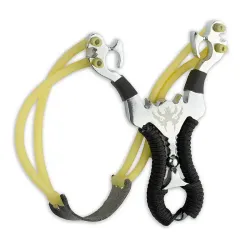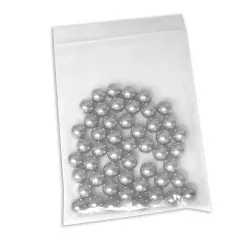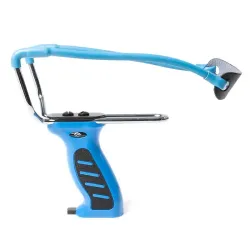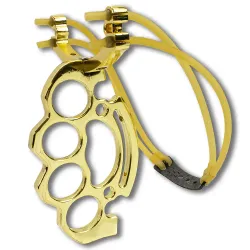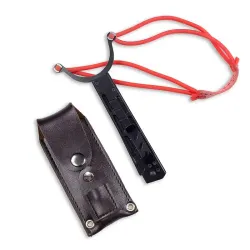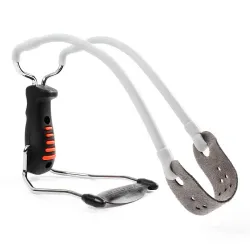Slingshots for Target Practice and Survival
-
$17.95
-
$22.95
-
$14.95
-
$22.95
-
$21.95
-
$29.95
The basic idea behind a slingshot is simple: a Y-shaped frame, a strong pair of bands, and something small and dense to fire. But today's slingshots take that old-school setup and crank it up. Some models are compact and minimalist for easy pocket carry, while others are tricked out with stabilizers, ergonomic grips, and wrist braces for better control and reduced fatigue. We even carry autofeed slingshots that drop a steel ball in your hand with the press of a button, letting you shoot faster and with less fumbling around between shots. It's a small upgrade that makes a big difference, especially when you're firing off a bunch of rounds in a row.
Wrist brace slingshots are another popular option. These come with a foldable arm support that braces against your forearm, giving you more leverage and helping with stability. If you've ever tried to hold a slingshot steady while pulling back a thick band, you know how helpful that can be. With a wrist brace, you can aim longer without your hand shaking or getting tired, which translates into better accuracy. It's also great for people who might not have the grip strength to control a traditional slingshot under tension.
Then there are the specialty models, the kind you won't find at your average sporting goods store. One of our most popular is the Knuckle Duster Slingshot, which combines two weapons into one. The handle functions like a set of brass knuckles, giving you a backup self-defense option when you're not using the bands. It's a bold design with a rugged look that's gotten attention from both collectors and serious survivalists. We also stock a hidden knife slingshot where the handle folds out into a sharp blade. It's a smart piece of gear if you're heading into the wild and want a compact multitool that doesn't take up a bunch of space.
Steel ball ammo is a must-have if you want to get the most out of your slingshot. While rocks or marbles work in a pinch, nothing beats the consistency and impact of a proper steel ball. They're perfectly round, heavy enough to carry real momentum, and reusable if you can recover them. We carry packs of slingshot ammo that pair perfectly with the frames we sell, so you're not stuck hunting for the right size or worrying about mismatches.
Slingshots have a surprisingly deep history. The first versions popped up in the mid-1800s. Before that, people used hand slings or bow-like tools for flinging stones, but the slingshot we know today really came into its own when rubber bands made it easy to generate power without a bowstring. Kids used them to pelt cans or chase off birds from crops, but adults figured out quickly that they also made handy hunting tools for small game. Quiet, compact, and cheap to use, slingshots became a go-to for farmers, trappers, and survivalists who needed to put food on the table without spending a lot of money or making a ton of noise.
In modern times, slingshots have branched out. There's still a strong community around slingshot hunting, but there's also a huge target shooting scene. Some folks go all-in with custom rigs, optics, and fancy stabilizers, while others stick to more traditional wood-framed designs for that classic feel. Either way, the slingshot world has grown far beyond backyard fun. It's a legitimate shooting sport with its own techniques, gear, and fan base.
What's cool about slingshots is that they're accessible. You don't need a permit to shoot one in most places, they're lightweight and easy to carry, and there's no loud bang or long cleaning session like you'd have with a firearm. They're great for camping trips, bug-out bags, or just hanging out in the yard with some targets. And since most models are ambidextrous, they work just as well for lefties as they do for right-handers.
Whether you're trying to hit a soda can from across the yard or take down small game in the woods, the right slingshot can make it feel effortless. And once you've dialed in your aim, it's hard not to get hooked.
Are slingshots legal to own and use?
Slingshot laws vary depending on where you live, so it's important to check your local regulations before buying or using one. In many areas across the United States, slingshots are legal to own for recreational use like target shooting or small game hunting. However, some states and cities place restrictions on carrying slingshots in public, using them for hunting, or owning models with features like wrist braces or integrated weapons. We do not provide legal advice, so it's your responsibility to research the laws in your area and make sure you're complying with all applicable rules. Always use your slingshot safely and responsibly, especially when transporting it or using it in public spaces.
What kind of ammo can I use with a slingshot?
Slingshots can fire a wide range of projectiles, but the most popular and effective type of ammo is steel balls. Steel balls offer consistent weight, shape, and density, which means better accuracy and more power downrange. That's why many slingshot enthusiasts stick with steel ball ammo, especially when practicing or using advanced models. Some people use marbles, pebbles, or even clay balls as alternatives, but results can vary depending on the size and weight of the projectile. If you're just getting started, we recommend using the type of ammo that's listed or suggested for your specific slingshot model. Always wear eye protection and make sure your target area is clear of people, animals, or anything fragile before you shoot.
Can I hunt with a slingshot?
Some people do use slingshots for hunting small game, but it requires a strong, high-performance slingshot, proper ammo like steel balls, and a lot of skill. Accuracy, draw strength, and distance all play a big role in whether or not a slingshot is effective for hunting. That said, hunting laws vary widely by state and country. In some places, slingshot hunting is legal for certain animals; in others, it's restricted or completely prohibited. We strongly recommend checking your local wildlife and game regulations before using any slingshot for hunting.
Do I need a wrist brace on my slingshot for better accuracy?
A wrist brace isn't required, but it can definitely help improve stability and control, especially if you're using a slingshot with a heavy draw or shooting for long periods. The brace folds out and rests against your forearm, giving you extra leverage and taking some of the strain off your wrist. That means you can pull back harder without shaking or losing your aim. Some shooters swear by wrist brace slingshots for target shooting or small game scenarios, while others prefer the simplicity and portability of a brace-free model. It mostly comes down to personal preference, but if you want better support and more power with less fatigue, a wrist brace is worth considering.
Is a slingshot good for self defense?
A slingshot can deliver serious impact with the right ammo, but it's generally not considered the most practical option for self defense. While it's capable of causing injury, aiming accurately under pressure and reloading quickly are real challenges in a high-stress situation. Most people view slingshots as recreational tools or hunting gear rather than defensive weapons. If you're thinking about using one for protection, it's important to understand your local laws and use common sense.
How far can a slingshot shoot accurately?
Accuracy with a slingshot depends on a few things: the strength of the bands, the weight and shape of the ammo, the shooter's skill, and the design of the frame. For most users, an effective and accurate range is somewhere between 30 and 50 feet. Experienced shooters using high-powered bands and steel ball ammo can stretch that distance even farther, sometimes hitting targets with precision beyond 75 feet. Beyond that, you'll see a drop in both power and accuracy due to air resistance and the natural arc of the shot. If you're just getting started, try setting up targets around 20 to 30 feet away and work your way out as your consistency improves.
What are the best slingshots for beginners?
For beginners, the best slingshots are simple, sturdy, and easy to handle. Look for models with a comfortable grip, moderate band tension, and a clean, classic frame design. You don't need anything overly complex, just something that helps you build confidence and muscle memory without struggling to aim or draw. Some first-time shooters prefer slingshots with wrist braces because they add stability and reduce arm fatigue, especially while learning. Others like compact models for their lightweight feel and ease of use. Start with a basic model, pair it with steel ball ammo, and focus on developing consistent shooting form before upgrading to a more advanced setup.
Can kids use slingshots safely?
Slingshots are not toys, and they should only be used by kids under close adult supervision. Even a basic slingshot can launch a projectile with enough force to cause serious injury if used improperly. If a child is mature enough to follow safety instructions and handle the responsibility, a low-powered slingshot paired with soft ammo like foam balls or clay pellets can be a safer way to introduce them to the basics. Always make sure kids wear eye protection, understand safe shooting zones, and never aim at people, animals, or breakable objects. KarateMart.com does not recommend slingshot use for children without adult oversight, and it is the parent or guardian's responsibility to ensure the product is used safely and legally.
How powerful are modern slingshots?
Modern slingshots are capable of delivering a surprising amount of power, especially when paired with strong bands and steel ball ammo. Some high-performance models can launch projectiles at speeds exceeding 200 feet per second, which is more than enough to dent metal cans, break glass, or take down small game with a well-placed shot. The actual power depends on several factors, including the band strength, ammo weight, and how far back the shooter pulls before release.
What's the best way to maintain or replace slingshot bands?
To keep your slingshot shooting smoothly, it's a good idea to inspect the bands regularly for signs of wear like cracks, fraying, or loss of elasticity. Rubber naturally breaks down over time, especially if it's exposed to heat, sunlight, or moisture. Store your slingshot in a cool, dry place when not in use, and avoid leaving it in your car or outside for long periods. If the bands start to feel loose or show damage, it's time to replace them. Most slingshot bands can be removed by slipping them off the frame or cutting and retying new bands using a standard wrap-and-tuck method. Just make sure your replacement bands match the length and thickness of the originals so you don't lose performance or safety.
Can I use marbles or rocks instead of steel balls?
You can technically shoot marbles or small rocks with a slingshot, but they come with trade-offs. Marbles are smooth and uniform, so they perform better than rocks in terms of consistency and flight path. However, they're usually lighter than steel balls, which means less impact. Rocks are unpredictable in shape and weight, which can throw off your aim and potentially damage the bands or pouch over time. Steel balls remain the best choice for power, accuracy, and repeatable results. If you do use alternative ammo, just know it may affect your slingshot's performance and should only be done with caution.
Are slingshots made for left or right-handed users?
Most slingshots are designed to be ambidextrous, meaning they can be used by both left-handed and right-handed shooters without any modification. The grip is usually symmetrical, and the pouch and bands can be pulled back with either hand. If you're right-handed, you'll typically hold the slingshot in your left hand and draw with your right. Left-handed shooters just do the opposite. Some advanced models may have ergonomic grips that are shaped for one hand or the other, but those are less common. When in doubt, check the product details or reach out to us before ordering. If you're a lefty, there's a good chance the slingshot you're looking at will still work just fine.




